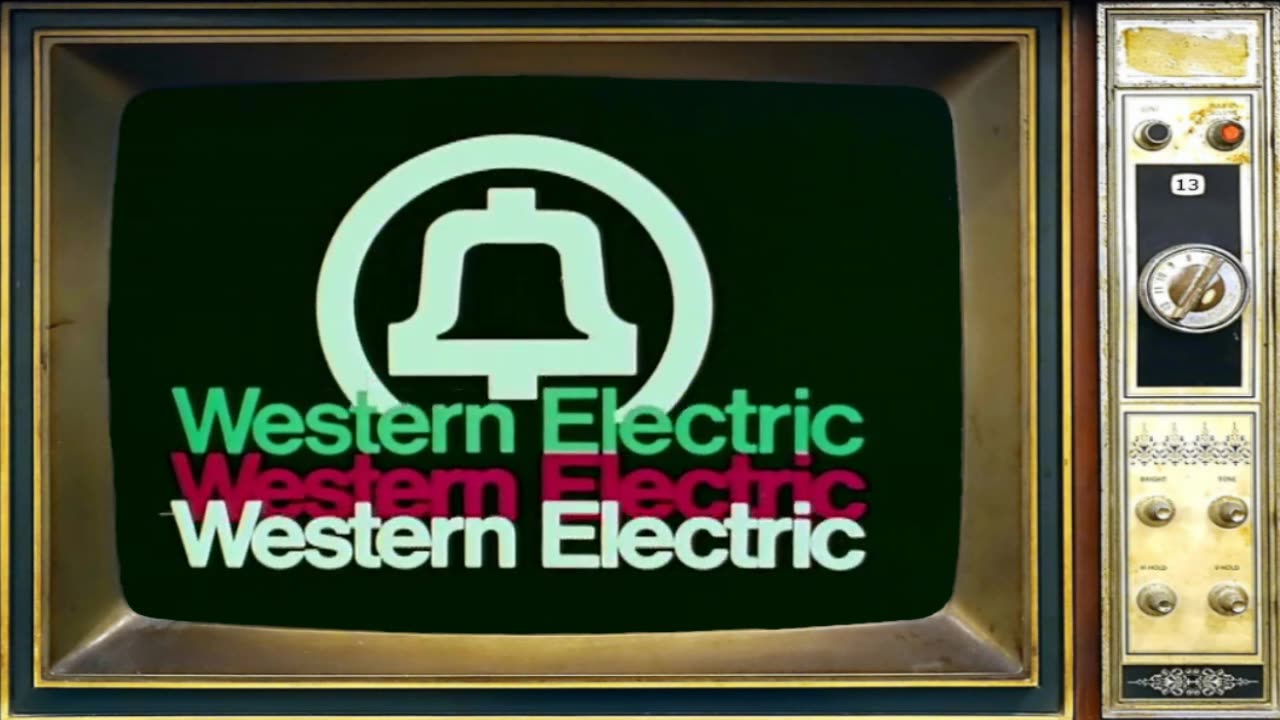Premium Only Content

Switchboards Old New And The Traveling Telephone Switching Machine
Switchboards Old New and The Traveling Telephone Switching Machine
Traces the development of voice switching methods from the first system that utilized the wires of a burglar alarm unit in Boston in 1877, to the "latest type" of switching in central offices, circa 1932. Along the way, we get the evolution of the Operator as well. Originally teenage boys were hired as operators, but it was quickly noted that they were not ideal due to being rambunctious and prone to pranks. Emma and her sister Stella Nutt were the first female operators, hired in 1878. They started a tradition that continued to the 1970s, when equal hiring practices made it possible for men to become operators as well, again.
In the early 1900s telephone calls were manually connected by operators working switchboards around the country.
By 1940s telephone exchanges were mechanized replacing most of the functions of these local operators.
Machines replacing humans has been happening for a long time.
The #5A Crossbar switcher, built by Western Electric at the Columbus Works, was a telephone switching machine that could handle either around 1000 lines, or up to 2000 with an extension upgrade. This made it ideal for smaller towns and communities, new large subdivisions, and larger companies. The crossbar switch itself took up 10 by 42 feet, and weighed 25 tons. The machine was pre-assembled in Ohio, and then trucked to its final installation site. This film shows the assembly and transportation, and further details about the crossbar switch's "plug and play" type of capabilities.
The Columbus Works were one of the Bell System's later plants, built specifically for switching equipment manufacture, and opened in the late 1950s. It eventually manufactured not just the crossbar switch but also the 4ESS digital switch. The last major manufacturing effort AT&T ran at the plant was its Airloop, which was a wireless system announced in 1995 that was a potential replacement for crossbar-type switching systems in hard-to-reach areas. It could bring quantities of new lines to the network wirelessly, without having to build in new trunk lines to a site.
At its peak, the Columbus Works employed around 12,000 workers, including 1,000 Bell Labs employees alone. In 1996 it became part of Lucent Technologies, which sold the plant in 2003. Today, the office building on the site is still occupied, but much of the manufacturing plant is empty.
Writer/director: Dick Martin
Music: Steve Covello
Footage Courtesy of AT&T Archives and History Center, Warren, NJ
-
 11:49
11:49
Psychological operations
4 days agoWho Was In My Room Last Night Human Cannonball The Shame Of Life Butthole Surfers
361 -

Laura Loomer
3 hours agoEP135: Champagne Communism: Zohran Mamdani's Ugandan Compound EXPOSED
18.5K5 -
 28:39
28:39
The Why Files
3 days agoCryptids Vol. 4 | Bunyips, Yowie and Australian Nightmare Fuel
26.1K38 -
 1:07:06
1:07:06
Mike Rowe
18 days agoThe Fight For America's Heartland | Salena Zito #442 | The Way I Heard It
19.4K44 -
 2:43:30
2:43:30
TimcastIRL
4 hours agoSouth Park Goes FULL CHARLIE KIRK, Latest Episode ROASTS Trump Again | Timcast IRL
186K66 -
 LIVE
LIVE
SpartakusLIVE
4 hours agoThe Return of the KING of Content
510 watching -
 10:05
10:05
MattMorseTV
7 hours ago $0.64 earnedHe actually did it...
34.5K17 -
 1:32:39
1:32:39
Anthony Rogers
1 day agoEpisode 376 - Todd Schowalter
12.5K -

megimu32
4 hours agoOTS: Movie Tie-In Games + Remakes: Let’s Play Memory Lane
17.8K5 -
 1:15:06
1:15:06
Adam Does Movies
11 hours ago $0.02 earnedTalking Movies + Ask Me Anything - LIVE
14.9K